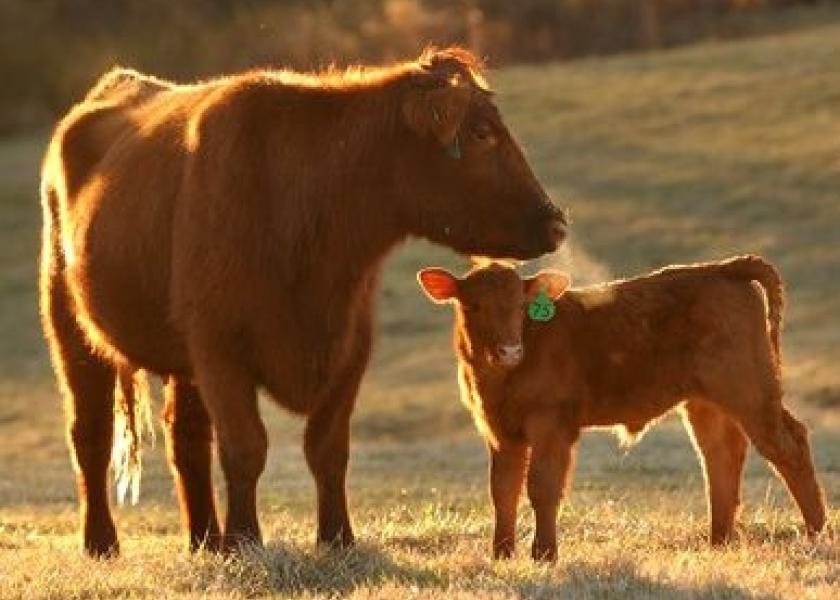North Dakota ranchers tackle calving season

MANDAN, N.D. (AP) — Stephanie Hatzenbuhler said calving has been better than expected this year, but it's no picnic.
"You have to kind of play along with Mother Nature, what's she's giving you," she told The Bismarck Tribune.
Hatzenbuhler and her family run Diamond J Angus west of Mandan. Calving has been a lot of work this year. Extreme cold in late January led to increasing checks on cows from every two hours to every hour.
"If you missed something and it had a calf, it was froze," Hatzenbuhler said. "You have to pick them up within about 10 minutes or they weren't doing very well."
Calving requires an eye for all sorts of concerns and risks for calves, from avoiding freezing, disease, crowding, keeping calves paired with cows, making sure calves are nursing and staying warm and dry.
"You learn whether you want to or not and, when you think you know it all, something else comes up," Hatzenbuhler said.
Changing seasons can bring late snowstorms and thawing creeks that pose danger for curious or displaced calves, she added.
Amid inclement weather and decreasing room for cattle, the Hatzenbuhlers removed wheat from their Quonset hut in January to use as a shelter for the first time for about 100 pairs of cows and calves.
"It was a very good idea; otherwise, we would have probably had more issues," Hatzenbuhler said.
Ranchers dealt with a March storm that dumped 10 to 11 inches of snow in the Bismarck-Mandan area. Cold, wet conditions can lead to health risks, such as pneumonia, for newborn calves that rely on their mother's milk for protection from pathogens.
But calving goes beyond a winter window. Hatzenbuhler said ultrasounds began last summer, with calving to extend into June after cycling through groups of cows each month. Cows about to calf show some telltale signs, such as an exposed water bag or raised tail.
Russ Voigt, a veterinarian who handles cattle and horses for Missouri Valley Vet in Bismarck, said most ranchers plan for a 60- to 80-day calving period, some starting as soon as early February, more in March and April and into May and early June.
He said he's seen mostly routine cases this year, such as sick newborn calves or cows with a calving problem, or dystocia.
Despite the wet and cold weather this year, Hatzenbuhler said calving has been better than previous years. Probably because of the more work involved.
"That I can relate to because you're out there more, watching. You're more diligent, so you should be successful," Hatzenbuhler said.
Huff-area rancher Kenny Graner said the weather has been a bit tougher than previous years, with low temperatures, extra snow in March and now mud.
Voigt said mud and melting snow can pose health risks, such as hypothermia, navel infections, pneumonia and scours, or neonatal diarrhea, for newborn calves. April weather usually brings warmer, drier conditions, he added.
Graner said warm temperatures have been a blessing.
"It lessens the workload considerably," he said. "But just watching, monitoring, making sure that these newborns are nursing, staying dry. That's always critical."
Calving on his ranch is about 75% done, he added. Branding will come in mid-May, along with castration and vaccinations.
___
Information from: Bismarck Tribune, http://www.bismarcktribune.com
An AP Member Exchange shared by The Bismarck Tribune.







